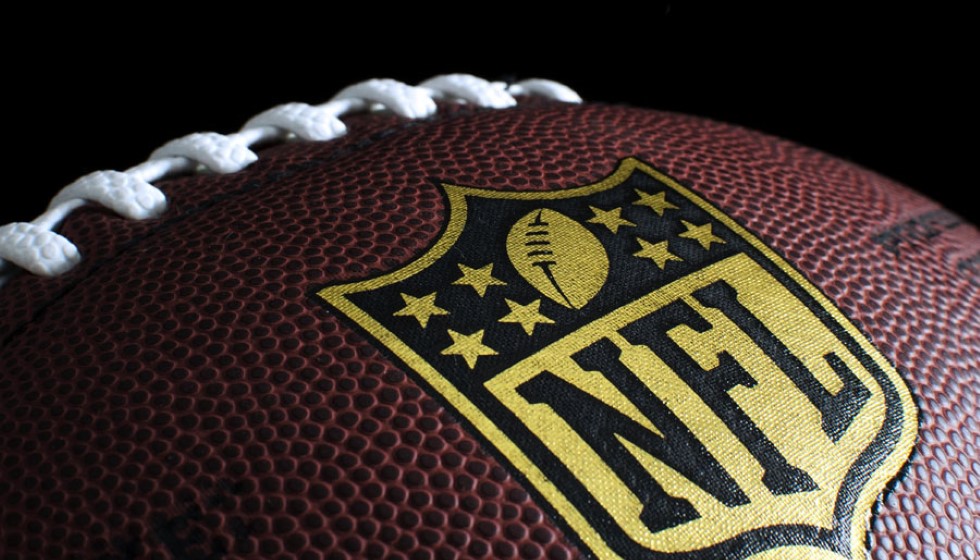
Tom Brady's Journey to NFL Ownership: A Rocky Road
In May 2023, the sports world was abuzz with news that NFL legend Tom Brady was in discussions to become a limited partner of the Las Vegas Raiders. This revelation sent shockwaves through the football community, sparking a frenzy of anticipation and speculation. Since then, the progress of this high-profile negotiation has been closely monitored by fans, commentators, and industry stakeholders alike.
Despite the initial excitement, more than a year has passed, and Brady's purchase of a stake in the Raiders remains unapproved. The delay has spurred a mix of frustration and curiosity among NFL insiders, with the crux of the impasse revolving around a proposal by Raiders owner Mark Davis.
At the heart of the controversy lies the proposed steep discount over market value for Brady's stake. This offer has met with substantial resistance from other NFL owners, who are wary of the precedent it might set and the potential inequities it could introduce. There's concern that offering a high-profile figure like Brady such a significant discount could open the door to similar deals in the future, creating disparities in NFL ownership structures.
Furthermore, NFL owners are also apprehensive about the level of access Brady—a prominent figure already slated for a future as a broadcaster—would have within the league. This overlapping of roles has necessitated the drafting of stringent broadcast restrictions by the NFL. These precautions reflect the league’s intent to maintain a fair and competitive environment.
During a league meeting held in Minneapolis, the owners were presented with a slide titled "Brady -- Broadcast Restrictions." This presentation delineated the specific limitations Brady would face should his ownership bid be approved. Among the restrictions, Brady would be barred from being present in another team's facility and observing their practices. Additionally, he would not be allowed to attend broadcast production meetings, a measure aimed at preventing any crossover of insider information from his potential broadcasting duties.
Moreover, Brady would be subject to fines or suspensions if he oversteps in his critique of game officials or other clubs. The league's gambling and anti-tampering policies would fully apply to him as well. Under these anti-tampering regulations, Brady would be permitted only "strictly social communication with members of other clubs." This stipulation underscores the league's commitment to maintaining integrity and avoiding any perception of bias or unfair advantage.
The road to becoming an NFL owner is undeniably arduous, and Brady's journey is a testament to the complexities involved. The potential influence of a high-profile partial owner like Brady necessitates careful consideration and the implementation of concrete guidelines to preserve the league's competitive balance.
The next opportunity for NFL owners to vote on Brady's proposal is slated for October. Until then, the football community will remain on tenterhooks, anticipating the next chapter in this unfolding saga. Whether Brady's iconic presence will extend from the field to the boardroom is yet to be seen, but the meticulous scrutiny surrounding his bid highlights the high stakes and intricate dynamics of NFL ownership.
As the gears of decision-making continue to turn, one thing remains clear: Tom Brady's pursuit of NFL ownership is as compelling and competitive as his illustrious career on the field. The resolution, whenever it comes, will undoubtedly have lasting implications for the league and set a benchmark for future ownership bids by high-profile figures.